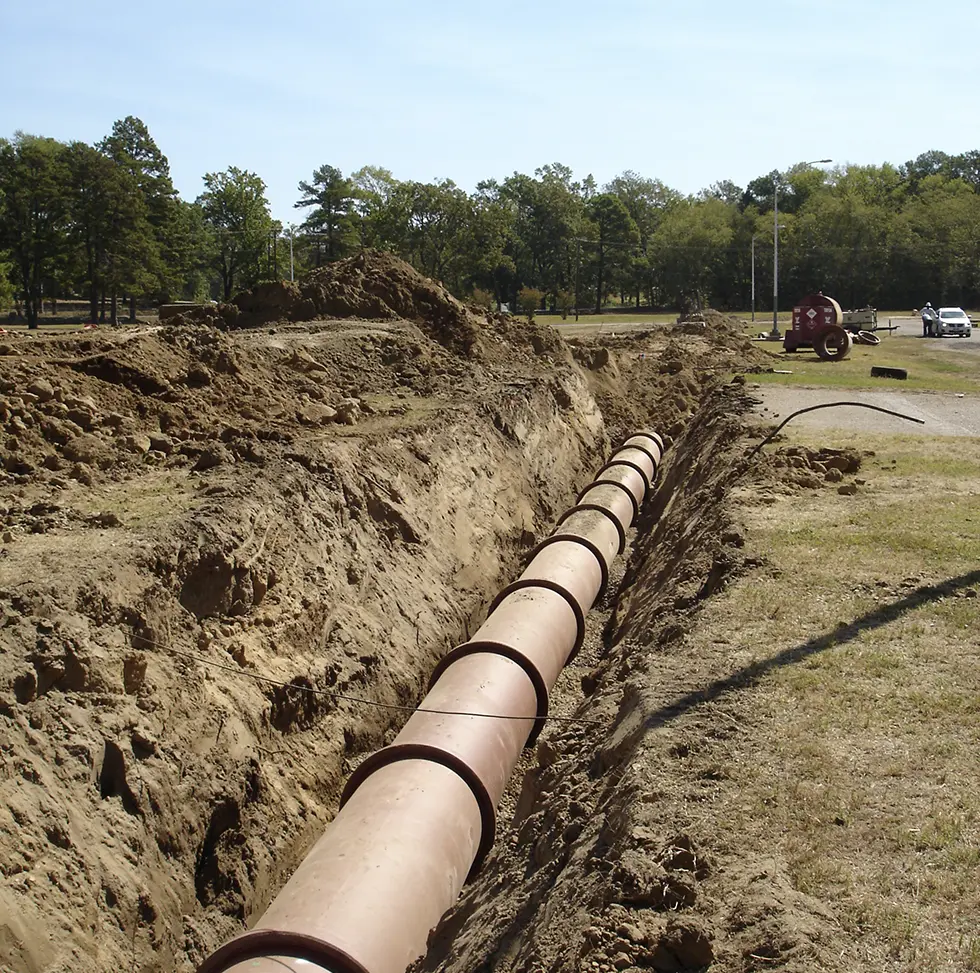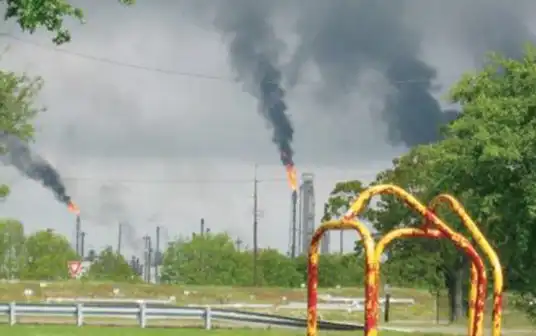Technical Papers
In over 100-years of research and publication, NCPI has amassed an extensive library
The papers available here include our most referenced materials. If you don’t see what you’re looking for, please email us.

Recent Papers from NCPI and Our Members
Helpful, important research and field experience to share with your contractors, engineers and maintenance departments.

VCP vs. PVC
A comparison of vitrified clay pipe (VCP) and polyvinyl chloride (PVC) for use in gravity sanitary sewers, focusing on the long-term environmental impact and cost considerations.

VCP Thru Steel Casing Procedure
The following procedure for “Installation of Carrier Pipe Within A Steel Casing” is taken from past projects, where this method produced successful installations.

VCP vs. RCP for Gravity Sanitary Sewer
Vitrified Clay Pipe (VCP) and Reinforced Concrete Pipe (RCP) have been utilized for storm and wastewater collection in the United States since the early 1800’s. The first RCP line was installed in...

Pilot Tube Method of Guided Boring as the Conservative Option
The communities of Mission Bay and Pacific Beach, in San Diego, CA are much like many other ocean-front areas with high tourism, an expectation of...

Guidelines for Controlled Low Strength Material Mix Design…
Controlled Low Strength Material (CLSM) is used as a bedding material for Vitrified Clay Pipe to meet the requirements of ASTM C12 – Standard Practice for Installing Vitrified...

Sanitary Pipeline Pilot Project After 42-Years of Service…
The Vernon Heights Polyvinyl Chloride (PVC) gravity sanitary sewer was constructed in 1976 for Allen County, Lima, Ohio. This installation was a trial of PVC (SDR 35) as a new material in the system.

2014 Updates To ASTM C12 Final Paper ASCE Pipelines 2015
The ASTM standard C12 “Standard Practice for Installing Vitrified Clay Pipe Lines” gives recommended methods for installing vitrified clay pipe (VCP). C12 was significantly modified for the 2014 version (C12-14).

The Evolution of Jointing Vitrified Clay Pipe
Advances made in the jointing of vitrified clay pipe during the last half century, illustrate the concern of the clay pipe industry to provide top quality jointing methods. Prior to this, the lack of standards for joint integrity meant testing for infiltration and Exfiltration was seldom implemented.
